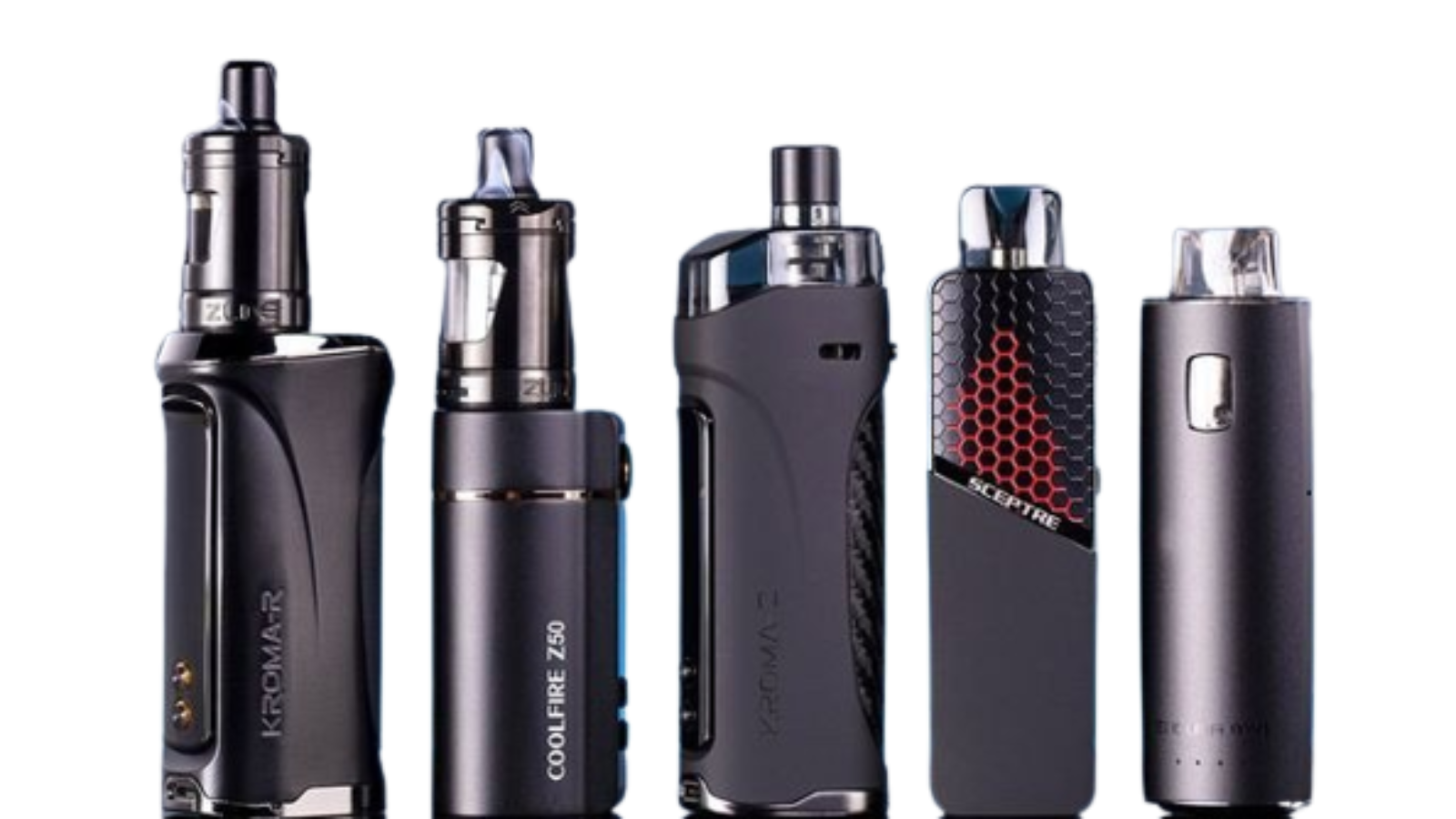Electronic cigarette (e-cigarette) use has recently risen to the forefront of medical discussions across the country. A significant increase in e-cigarette use by adolescents has been observed over the last decade. This article discusses the targeting of adolescents by e-cigarette companies. It looks at how teenagers are uniquely affected by nicotine and at risk for progressing to using combustible cigarettes and marijuana. Lastly, it discusses the role of physicians in combating the spread of e-cigarettes.
Every medical student is taught the three basic questions to ask for social history. “Do you drink any alcohol? Do you do any drugs? Do you smoke cigarettes?” While these are three very important questions to help us address potential health hazards with patients, they fail to identify some of the most significant factors in the lives of adolescent patients. Specifically, vaping in adolescents poses a grave risk to patients’ health and is a topic that physicians have to confront.
Over the last 20 years, there has been a decrease in the number of teenagers smoking combustible cigarettes. The Youth Risk Behavior Survey demonstrated a decrease in the number of teens trying combustible cigarettes from 70% in 1991 down to 58.4% in 2003 and even further down to 28.9% in 2017.1 The decrease is largely a response to exhaustive work done by physicians, advocacy groups and lawmakers. Physicians have worked diligently to improve education on the dangers of smoking and fought to pass new regulations to protect patients. The United States is seeing an explosive rise of adolescents’ vaping and the renormalization of smoking . Recent national surveys demonstrate a drastic increase in e-cigarette use among high schoolers. An article from the New England Journal of Medicine reported a 10% increase in adolescents using e-cigarettes between 2017 and 2018 alone, which is approximately 1.3 million teenagers.
Electronic cigarettes are battery-operated devices that use an electric pulse to heat and aerosolize a flavored liquid that typically contains nicotine. They were first introduced to the U.S. in 2007, and they were advertised by the tobacco companies as an adjunct method to help patients quit smoking. This claim never had evidence to support it, as studies comparing the use of electronic cigarettes, placebos, and nicotine patches demonstrated no significant differences in abstinence rates.3 But because e-cigarettes were seen as a treatment option, they were not subjected to the same regulations as combustible cigarettes. It wasn’t until 2016 that the Congress passed the Child Nicotine Poisoning Prevention Act, giving the FDA the authority to regulate e-cigarette packaging.1

 Cart is empty
Cart is empty 
Leave A Comment